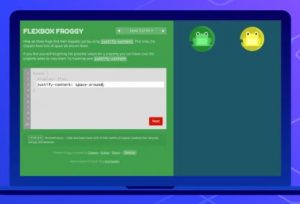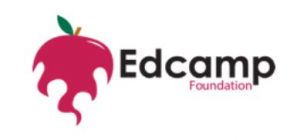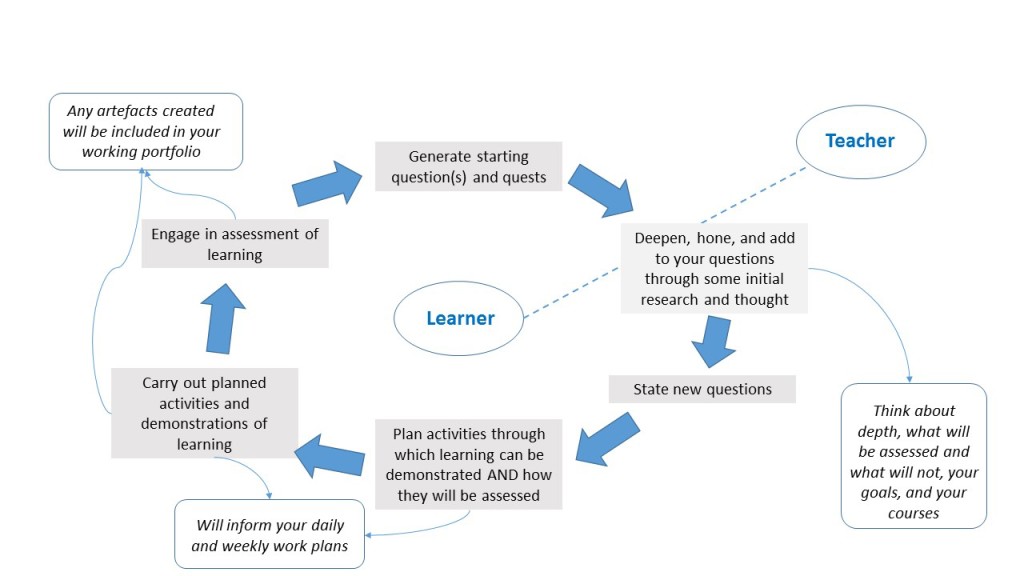I had conducted interviews with three different people all at different levels in their educational careers (one a student, a new teacher, and an experienced teacher). based on what I found I complied the useful quotes I took out of this process, and this is what I found:
For my interview, I began by asking teachers in all different stages in their careers questions regarding my inquiry topic “what aspects of classroom management do new teachers struggle with the most.” I started by asking how they would define classroom management, they answered with “ability to regulate your students’ emotions/behaviour or use your students’ emotions/behaviour productively towards your goal that day,” “convey concepts in an efficient, effective manner,” “The key for sustainable management is to be authentic in your approach, flexible in your understanding of events/actions and consistent with follow-through.” Their experience ranged from learning to be a teacher having taught for only 3 years and having “10 years of working with students prior to becoming a teacher.” one teacher commented on where they thought new teachers may struggle with “developing a broader ‘toolkit’ of attention-grabbing/student catch and call strategies; communication with parents regarding management issues in their classrooms; developing/ applying non-grade specific management strategies to use as TTOCs. The ability to build rapport when you are a sub needs to take place quickly and effectively.” All of these I plan on mentioning during my argument as it brings up the idea that “management is complex, and there is no ‘magic recipe’ for success”. This is something new teachers may not understand learning to be a teacher, we think that there are set ways to run an effective class but it is far more fluid than that. Being effective at classroom management involves “Rapport with your students and school community” “Students should be comfortable approaching you, but by no means should you become their friend, it is important that you maintain a professional line”. “You must know your students before you can build trust and leadership in your actions.”One teacher, in particular, recalled a hands-on experience that they had where he was able to “ develop [his] relationship with [the student] so that she can feel more comfortable in her learning environment and asking [him] questions. Another teacher had a great method that included “learning kindness [and] explicitly teach what kindness looks, sounds, and feels like. When I ‘catch’ students being kind they earn a warm fuzzy. As a class students fill a kindness jar with warm fuzzies (tokens) and when the jar is full they receive ‘Warm-fuzzy PJ day’. For individual management, which is directly linked to whole class management I often use ‘first/then’ systems of management”.
In terms of their educational experiences in becoming teachers, for the most part, they had a positive practicum, observing and mentoring experiences. The bases of understanding pedagogy to give new teachers the best opportunities to be successful. “across the classes I either observed, participated in or instructed I was exposed to a number of different classroom management scenarios which allowed me to become a more well-rounded instructor.” By “work[ing] as an Educational Assistant, and community support worker before becoming a teacher… classroom management a seemingly natural aspect of the job” which reiterated the importance of experience.
All three teachers noted that positive encouragement and a safe environment are vital aspects of classroom management. self-regulation was also a commonly brought up topic as “positive feedback, pro-social structuring and nurturing a belief in one’s ability to self-regulate. Management is about creating learning and working atmospheres that foster positive growth, development, and social connections.” further all teachers agreed that “having clear boundaries [and expectations] is the first step to holding students accountable” as well as, when they are “explicitly stated at the beginning of the year can really have a positive impact on students. Especially if you involve the students in the creation and implementation of those expectations.” In terms of setting hard rules “class rules should help students work towards self-regulation, although I don’t think that we should expect too much from younger grades. (Use the GRR method). There shouldn’t be too many class rules that the students feel encumbered by them, but enough that they cover general behaviors.” Moreover, “teachers should maintain interactions with students that are kind and consistent. When faced with handing down consequences teachers need to be firm, fair and flexible in their approach and the consequence/actions must be justifiable and equitable in the eyes of students”.


